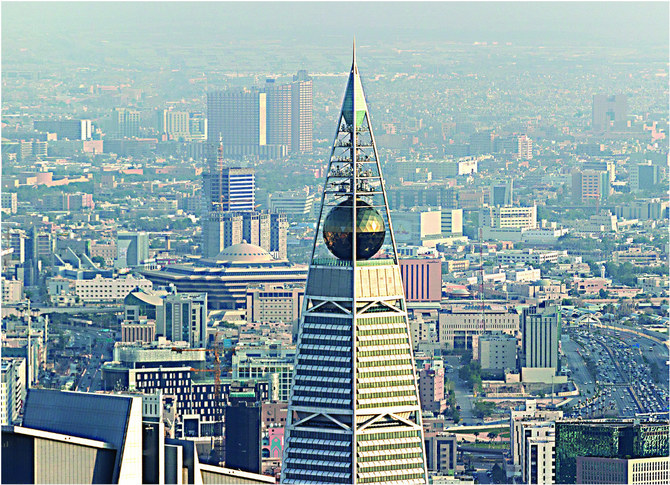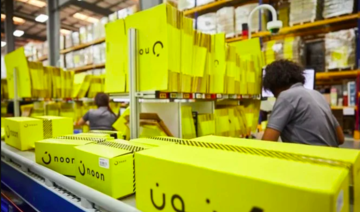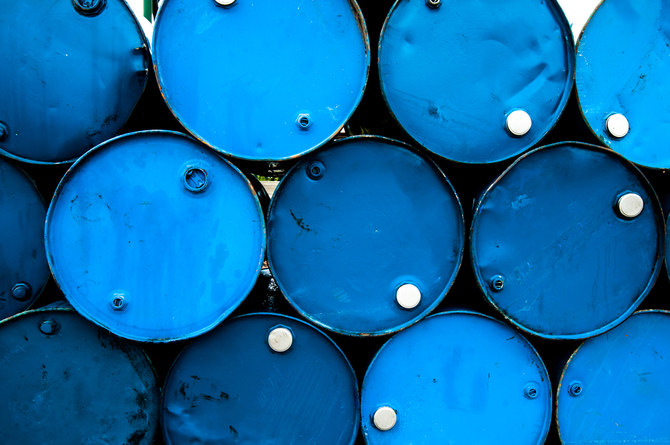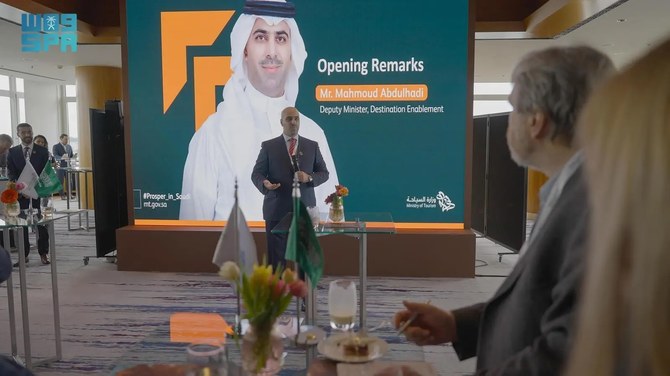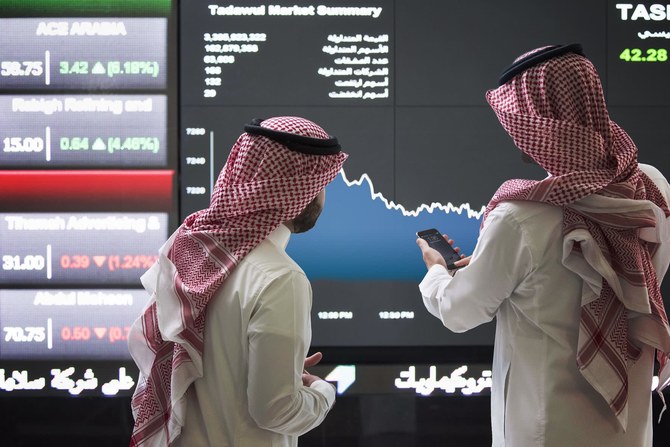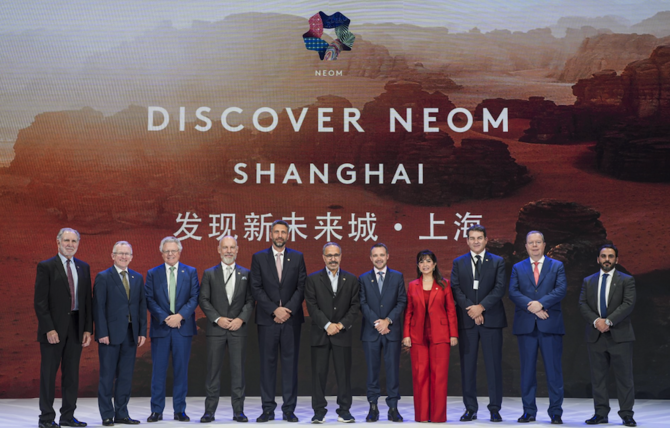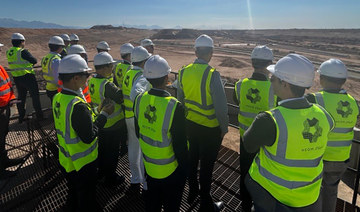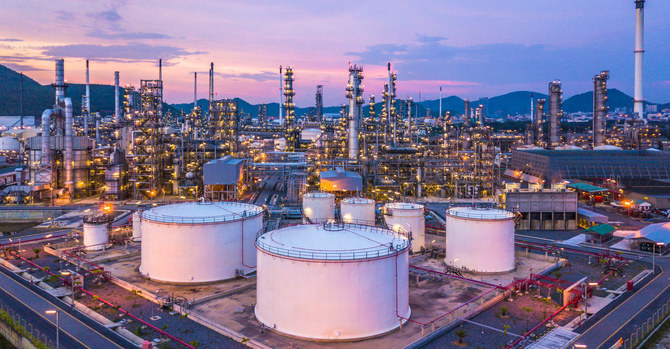The sovereign wealth funds in the Middle East are the driving forces behind mergers and acquisitions in the region, which witnessed the activity rise to about 39 percent in 2022, according to the regional head of private equity and sovereign wealth fund practices at Bain & Co.
In an interview with Arab News, Gregory Garnier said the rise in M&A activity in Saudi Arabia in particular and the Middle East region in general last year was the result of an “acceleration of a long-term trend started a few years back.”
The top official of the American management consulting firm also attributed the rise in M&A deals in the region to “high economic growth” providing “financial headroom to invest.”
In its recent report, the firm stated that sovereign wealth funds and companies accounted for 84 percent of all transactions, with private equity investors entering relatively few deals.
Garnier added: “For deals in the region, several positive factors have fueled that growth: increasing appetite from regional private owners to divest or welcome a strategic shareholder (sometimes as a step before the initial public offering, which is another underlying trend), privatization agenda of some countries of the region also offers some deal opportunities, and active scouting of local investors on deals.”
According to him, localization of international companies in the Gulf Cooperation Council countries requires several key success factors including “minimum demand to reach the minimum critical scale,” favorable regulations, and incentives to allow economic sustainability versus imports.
“Sovereign wealth funds can play a critical role in securing those key success factors by providing direct support as well as coordinating with the relevant government bodies,” said Garnier.
PE activity drops
Private equity activity in the region dropped by 36 percent in the first 10 months of 2022 though there are some signs of reviving interest from firms preparing for initial public offerings, the report stated.
“Private equity has been historically relatively underdeveloped in the region versus the rest of the world. Though there can be a form of competition on some local deals with sovereign wealth funds, this is also a source of deal stimulation on the market,” Garnier commented.
FASTFACTS
Rise in M&A deals in the region attributed to ‘high economic growth’ providing financial headroom to invest.’
Sovereign wealth funds and companies accounted for 84 percent of all transactions, with private equity investors entering relatively few deals.
Localization of international companies requires several key success factors including ‘minimum demand to reach the minimum critical scale,’ favorable regulations, and incentives to allow economic sustainability.
“We foresee increasing activity from private equity funds in the region, including from international private equity funds, attracted by the high growth prospects of the GCC economies.”
“This is driven by two main factors. Firstly, willingness to be closer to the regional sovereign wealth funds, which are major limited partners and fund providers to their international funds. Secondly, increasing incentives from regional sovereign funds to invest in the region,” he continued.
“We also see a trend from business owners to open the capital to private equity funds as a means to be IPO-ready, as IPOs have surged in the region over the past few years.”
Transforming economies
Sovereign wealth funds are employing M&A to expand into new verticals, including strengthening partnerships, making future investments, boosting the region, and developing local leaders.
Garnier highlighted how sovereign funds invest through different archetypes that consist of entering new verticals at scale by building local platforms in underdeveloped sectors, strengthening ties with partners, investing in industries of the future, increasing visibility, and building local leaders.
Saudi Arabia’s Public Investment Fund, for example, invested $1.3 billion in four Egyptian companies in August 2022, including Abu Qir Fertilizers and Alexandria Container and Cargo Handling.
“This corresponds to one of the archetypes of investment where GCC sovereign wealth funds invest in targeted neighboring countries with an objective to both make investments in attractive assets in large and growing economies to meet targeted countries’ need to privatize some of their assets and strengthen the bilateral ties,” Garnier explained.
This hyperactivity to expand and globalize opens opportunities for companies and financial sponsors both within and beyond the Middle East.
Furthermore, family-owned companies and conglomerates will have the opportunity to divest non-core assets and reallocate capital for long-term strategic investments in their core industries, according to the report.
In many situations, international M&A proves to be a more effective and faster way to develop new sectors versus developing them organically, Garnier said.
“International M&A allows access to critical capabilities in the related sector, and generally includes some localization plans in the home country,” he added. “This is particularly true for underdeveloped and edgy/technology-led sectors like pharmaceuticals, automotive, aerospace, etc.”
Meanwhile, regional companies are also expanding internationally through cross-border M&A or overseas investments. For example, Abu Dhabi’s FAB merged its Egyptian operations with Bank Audi Egypt, creating one of Egypt’s largest banks.
Different approach
Saudi Arabia is increasingly relying on M&A to further advance the region’s long-term push to expand beyond hydrocarbons and globalize its companies.
“We expect more consolidation and local M&A to occur in the Kingdom for example in financial services, in some industrial sectors, in private education, in real estate development,” he said.
Asked whether M&A in Saudi Arabia requires a different approach than what most dealmakers take in other parts of the world, Garnier replied: “M&A in the GCC presents a few specifics as the deals tend to take longer from origination to realization, patience is a key success factor for potential acquirers.”
“Also, M&A deals tend to be often minority stake with family owner keeping a majority stake, hence trust in the potential investor is key, deals are thus often non-competitive. However, the situation is evolving, and the trend is increasingly converging towards rest of the world norms,” he concluded.



